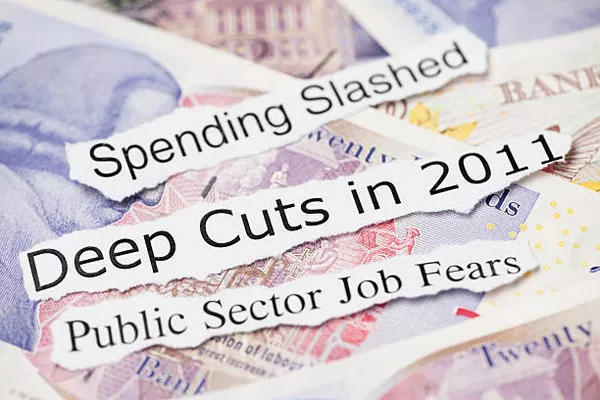The Bank of England (BoE) has once again decided to keep interest rates unchanged at 5.25%, marking the sixth consecutive meeting where policymakers have opted for stability over further hikes. This decision comes amid mixed signals from the UK economy, with inflation showing signs of easing but still remaining above the central bank’s 2% target. The Monetary Policy Committee (MPC) voted 7-2 in favor of maintaining the current rate, with two members advocating for a 0.25 percentage point increase.
The UK’s inflation rate has fallen significantly from its peak of 11.1% in October 2022 to 3.2% in March 2024, but the BoE remains cautious. Governor Andrew Bailey emphasized that while progress has been made, the battle against inflation is not yet over. Services inflation, a key indicator of domestic price pressures, remains stubbornly high at 6%, suggesting that underlying inflationary pressures persist. The BoE’s latest forecasts indicate that inflation could dip below the 2% target in the coming months but may rise again toward the end of the year due to energy price fluctuations.
The decision to hold rates has had an immediate impact on the British pound (GBP), which weakened slightly against the US dollar (USD) and the euro (EUR). Analysts suggest that the market had already priced in a no-change scenario, but the dovish tone of the BoE’s statement has led to speculation that rate cuts could be on the horizon. Investors are now betting on the first rate cut occurring in August or September, with a total of two 0.25% cuts expected by the end of 2024.
The UK economy has shown modest growth in the first quarter of 2024, avoiding a technical recession, but the outlook remains fragile. GDP expanded by 0.6% in Q1, following a 0.3% contraction in Q4 2023. Consumer spending has been supported by rising wages, which are now growing at around 6% year-on-year, outpacing inflation for the first time in nearly two years. However, business investment remains subdued due to lingering uncertainty over future economic policy and global trade conditions.
Political factors are also influencing the pound’s trajectory. With a general election expected later this year, the ruling Conservative Party faces an uphill battle against the opposition Labour Party, which currently leads in opinion polls. Any significant shift in fiscal policy under a new government could impact the BoE’s monetary strategy. Additionally, global factors such as the Federal Reserve’s stance on US interest rates and geopolitical tensions in the Middle East continue to create volatility in currency markets.
Looking ahead, the BoE faces a delicate balancing act. If inflation continues to decline, pressure will mount for rate cuts to stimulate economic growth. However, premature easing could risk reigniting inflationary pressures. For now, the central bank is adopting a wait-and-see approach, closely monitoring wage growth, services inflation, and global economic developments. Traders will be watching upcoming employment and inflation data for further clues on the timing of potential rate cuts.
You Might Be Interested In:
- GBP/USD edged up towards 1.3300 ahead of UK Q1 GDP data
- GBP/USD maintains positive momentum above 1.3400
- GBP/USD weakens towards 1.3300 ahead of UK retail sales data


